Ancient tombs and artifacts uncovered in Turkey provide new evidence of Colossae, the city immortalized in St Paul’s letters in the Bible.
Excavations in the Aegean region at the foothills of Mount Honaz have revealed over 60 tombs dating back more than 2,200 years.
The findings, reported by Turkey’s state-run Anadolu Agency on October 6, shed new light on a city best known from the New Testament as the home of an early Christian community addressed by St Paul in his Epistle to the Colossians.
In his letter, Paul emphasizes that Jesus is supreme over all things and that believers are fully complete in Him, freed from spiritual powers and legalistic rituals.
He warns the Colossians against false teachings that diminish Christ’s role, urging them instead to live as new creations by setting their minds on things above and living lives of love, kindness, and forgiveness.
Archaeologists now believe the newly discovered necropolis may be the largest of its kind in Anatolia, featuring rock-cut, trough-shaped tombs that showcase the ingenuity of ancient builders in using the natural travertine formations.
Archaeologist Baris Yener said: ‘After removing the surface soil, we identified around 65 tombs, of which we excavated 60.’
The tombs contained a remarkable array of artifacts, providing insight into the spiritual and cultural life of Colossae before the arrival of Christianity.
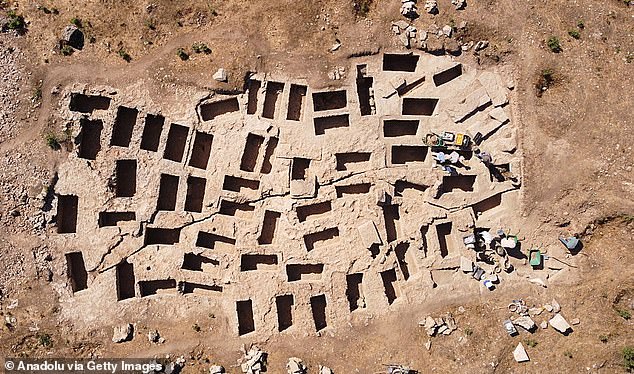
Archaeologists have identified 65 ancient tombs in a city mentioned in the Bible
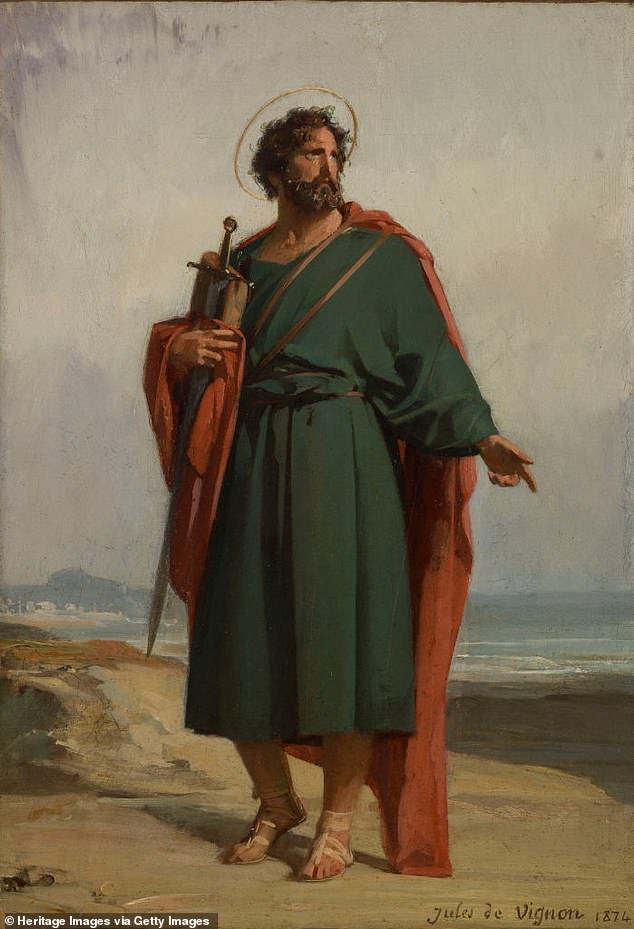
In the Bible St Paul wrote a letter emphasizing that Jesus is supreme over all things and that believers are fully complete in Him, freed from spiritual powers and legalistic rituals.
Terracotta ceramics, glass bottles, and oil lamps were discovered, alongside coins, sandals, and personal belongings of the deceased.
Paul, born as Saul of Tarsus, was an early Christian missionary and one of the most influential figures in the spread of Christianity.
The Bible says that before his conversion, Paul actively persecuted Christians, believing their teachings were a threat to Judaism.
He was present at the stoning of Stephen, one of the first Christian martyrs, and sought to arrest Christians in various cities to stop the spread of their faith.
On the road to Damascus, Saul experienced a dramatic encounter with Jesus, in which a bright light blinded him and he heard Jesus ask, ‘Saul, Saul, why are you persecuting me?’ according to biblical text.
After this event, Saul was temporarily blind and later baptized, fully converting to Christianity and taking the name Paul.
Following his conversion, Paul dedicated his life to preaching the teachings of Jesus and establishing Christian communities throughout the Roman Empire.
The Bible says he was martyred by beheading in Rome around 64 or 68 AD, likely during Emperor Nero’s persecution of Christians.
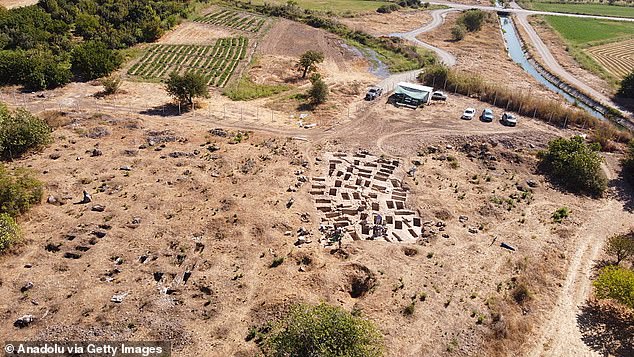
Archaeologists now believe the newly discovered necropolis may be the largest of its kind in Anatolia, featuring rock-cut, trough-shaped tombs that showcase the ingenuity of ancient builders in using the natural travertine formations
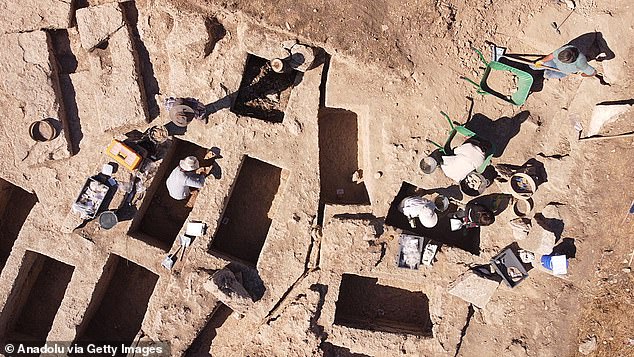
The tombs were filled with artifacts, highlighting rich spiritual and religious traditions long before St Paul wrote his letter
Before his death, Paul wrote the Letter to the Colossians, found in Colossians 1:1, primarily to refute a heresy that threatened the church by diminishing the supremacy of Christ.
The discoveries have suggested that the people of Colossae practiced rich spiritual and religious traditions long before St Paul wrote his letter, FOX News reported.
Many of the artifacts were likely placed in the graves to accompany the dead on their journey into the afterlife, illustrating beliefs about life beyond death.
In addition to these items, the archaeologists uncovered charms, amulets and stones believed to have healing or protective properties.
‘The findings reveal how much the people of Colossae valued magic, talismans and objects believed to offer protection,’ Yener noted.
‘These pre-Christian practices provide essential context for understanding the religious environment in which the early Christian community emerged.’
The discoveries are particularly significant because they illuminate the world into which St Paul wrote his epistle.
The Colossians, living in a city steeped in ancient religious traditions, were likely influenced by local spiritual practices and beliefs, which Paul addressed in his letters.
The presence of mystical objects and charms suggested that concepts of protection, ritual and magic were commonplace, elements that Paul sought to guide toward Christian faith.
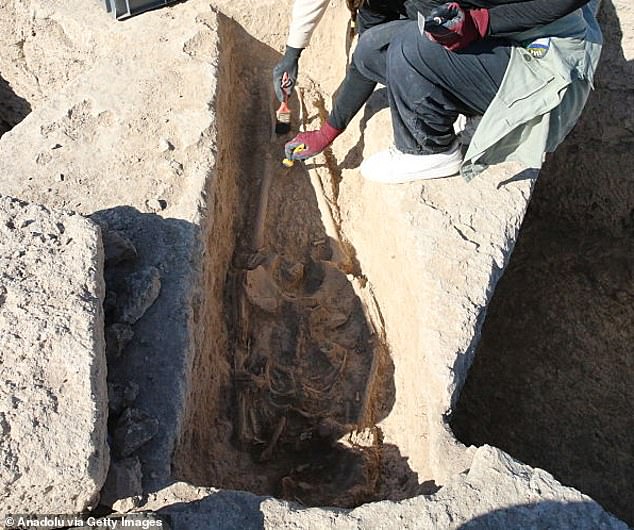
The tam uncovered skeletal remains inside the tombs dating back more than 2,000 years ago
The necropolis also offers clues about social and economic structures, as the arrangement of the tombs, the wealth of the grave goods and the use of durable materials indicate a city with organized urban planning and a community capable of sustaining long-term settlement.
Yener said excavators were surprised to find so many side-by-side tombs in such a confined area.
The necropolis reflects how ancient people made ‘remarkable use’ of the area’s geological and topographical features.
‘They sought to use the travertine rock formations efficiently, since agriculture — particularly grain production was practiced at the time,’ Yener said.
‘To preserve arable land, they designated the rocky travertine areas as burial grounds.’
Oil lamps, for instance, were not just practical but also served a symbolic purpose, highlighting the importance of light in religious and funerary rituals.
While the tombs themselves predate the Christian era, their discovery adds depth to our understanding of Colossae as a historical and cultural hub.
The team believes that continued excavation could reveal even more about the city’s architecture, trade networks, and daily life, painting a fuller picture of the environment in which early Christianity took root.
